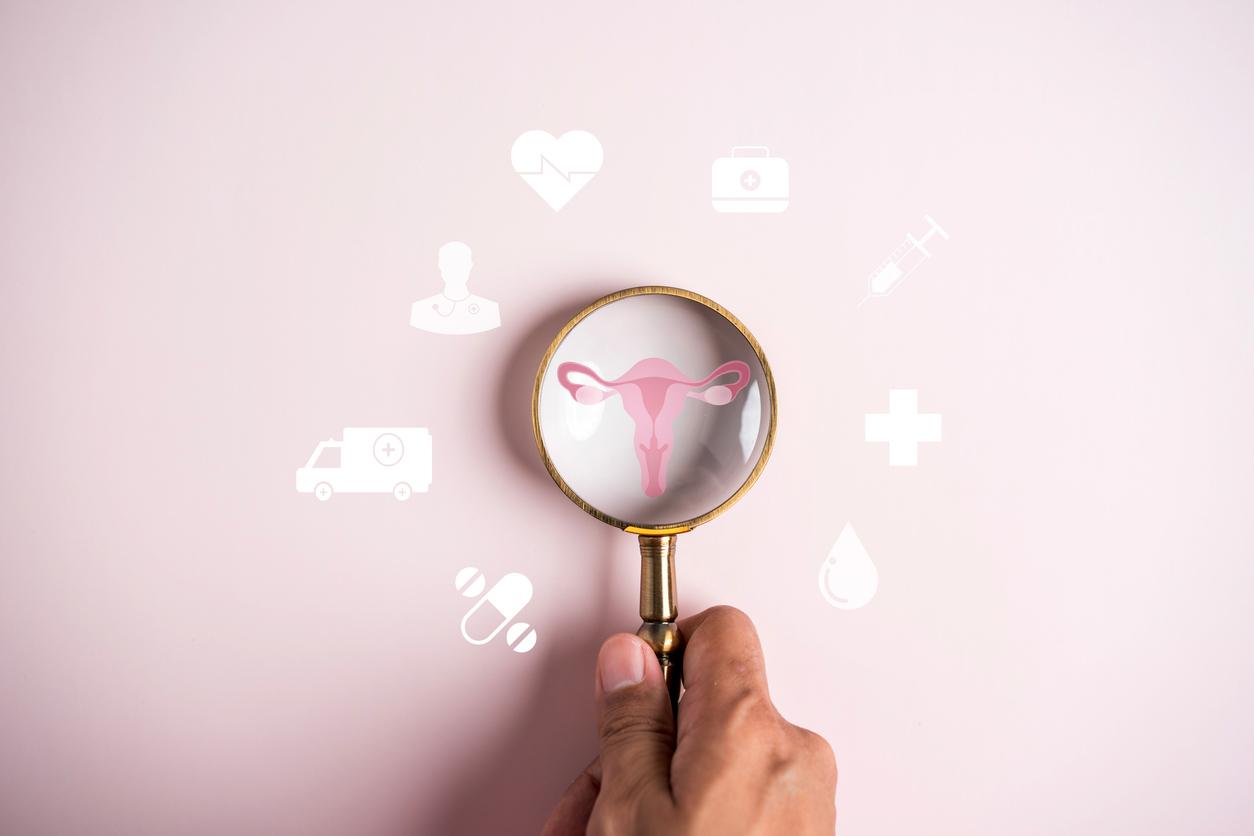Osteoporosis, what is it exactly? The bone is constantly subject to a process of renewal and repair: this is bone remodeling. Concretely, partly thanks to the action of certain hormones (calciotropic hormones) and certain proteins (cytokines), the “old” bone cells are eliminated while new ones appear at the same place.
Bone remodeling loses effectiveness with aging, which leads to bone fragility that progresses with age, in women as in men. Osteoporosis, for its part, corresponds to a pathological acceleration of the phenomenon of bone remodeling: it leads to an excessive loss of bone mass, therefore to a reduction in the resistance of the skeleton, which promotes fractures.
Osteoporosis, responsible for 377,000 fractures each year
Thereby, according to Insermeach year, osteoporosis is responsible for 377,000 new fractures: 74,000 hip fractures (fractures of the neck of the femur), at least 56,000 painful fractures of the vertebrae (formerly called es “vertebral compression”, 56,000 wrist fractures and 191,000 fractures affecting other bones (pelvis, ribs, humerus, tibia, fibula, clavicle, scapula, sternum, etc.) .
In women, osteoporosis is more frequent since at menopause, an estrogen deficiency sets in: these sex hormones participate in the remodeling phenomenon. bone by slowing down the degradation of bone tissue and promoting the formation of young bone.
Osteoporosis can be treated: the most commonly used drugs are those of the bisphosphonate family – these slow down the activity of osteoclasts, the cells that break down the bone. It is also possible to prevent osteoporosis, first through regular physical activity (swimming, Nordic walking, aquagym, etc.) then possibly through a vitamin D supplementation which helps strengthen bones. Tobacco and alcohol are, for their part, to be avoided since they promote bone loss…
To read:
Prolia, a dangerous osteoporosis drug?
Baldness: a drug against osteoporosis makes hair grow
The Mediterranean diet against osteoporosis in menopause

















